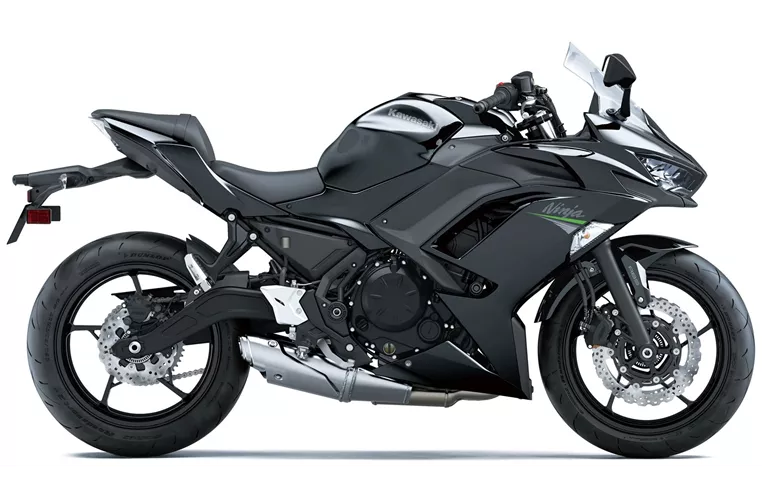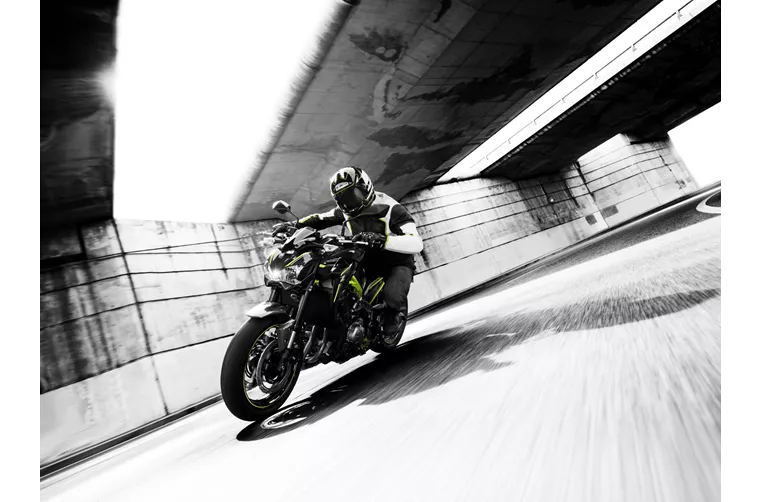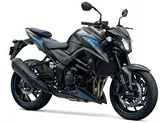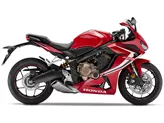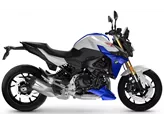Kawasaki Ninja 650 2020 vs. Kawasaki Z900 2018
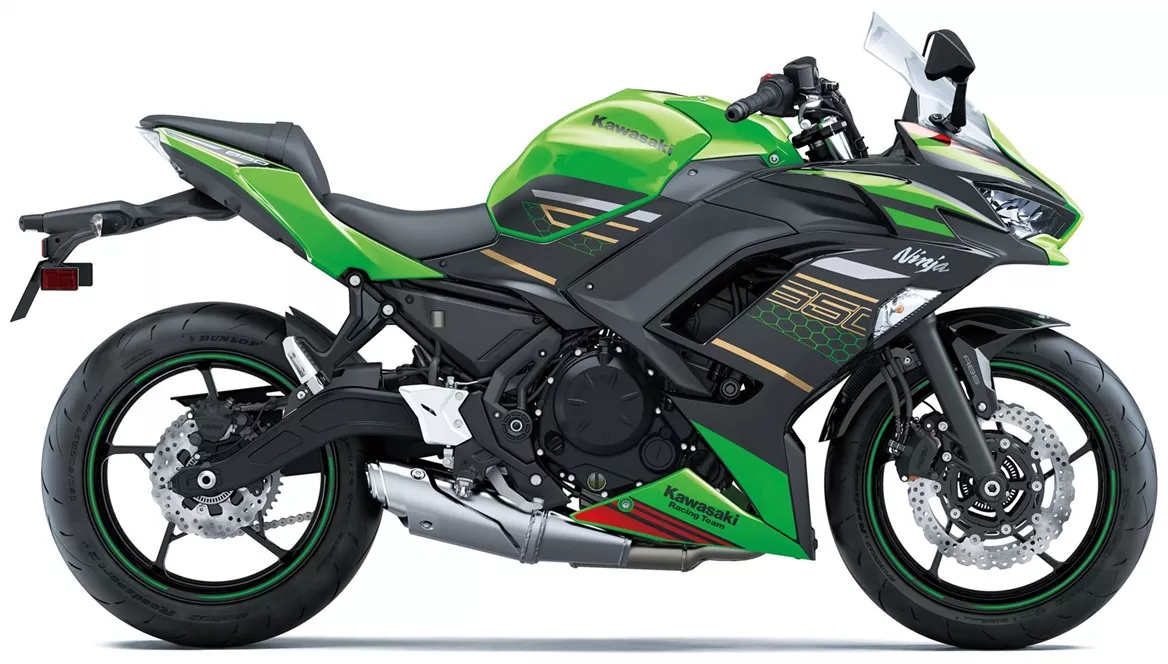
Kawasaki Ninja 650 2020

Kawasaki Z900 2018
Pregled - Kawasaki Ninja 650 2020 vs Kawasaki Z900 2018
The Kawasaki Ninja 650 2020 and the Kawasaki Z900 2018 are both impressive motorcycles with their own unique strengths and weaknesses.
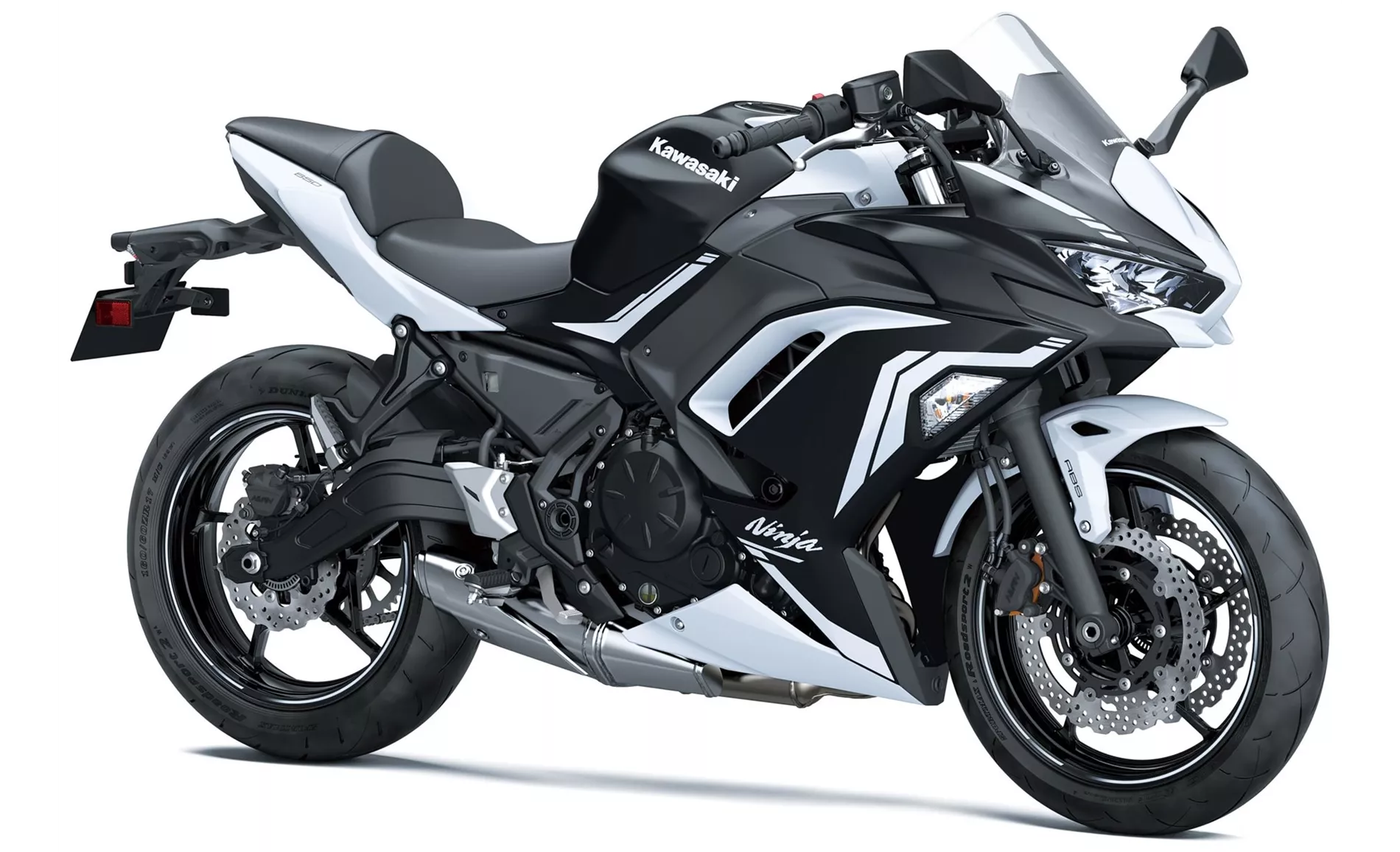
Kawasaki Ninja 650 2020
Starting with the Kawasaki Ninja 650 2020, it is one of the last of its kind, featuring a powerful two-cylinder engine. This engine has a displacement of 649ccm and produces 68.2 horsepower and 65.7 Nm of torque. With a compression ratio of 10.8, it delivers a smooth and responsive performance. The Ninja 650 features a liquid-cooled engine and a fuel injection system, ensuring optimal performance and efficiency. It also has a comfortable seat suitable for touring, making it a great option for long rides. The compact dimensions of the bike make it easy to maneuver in tight spaces. Additionally, the Ninja 650 has a stable chassis and a front suspension with a telescopic fork and a diameter of 41mm, providing a smooth and controlled ride. The front brakes are double disk with a diameter of 300mm and double piston technology, ensuring excellent stopping power. The bike is equipped with ABS, enhancing safety on the road. The Ninja 650 has a sporty look, with a sleek design and a TFT display with connectivity, allowing riders to stay connected while on the go.
On the other hand, the Kawasaki Z900 2018 is a naked bike that boasts a powerful and silky engine. It features a four-cylinder engine with a displacement of 948ccm, producing an impressive 125.4 horsepower and 98.6 Nm of torque. With a compression ratio of 11.8, it delivers exhilarating acceleration and top speed. Like the Ninja 650, the Z900 has a liquid-cooled engine and a fuel injection system for optimal performance. The bike features an upside-down telescopic fork front suspension with a diameter of 41mm, providing excellent handling and stability. The front brakes are double disk with a diameter of 300mm and four-piston technology, ensuring strong and reliable braking power. The Z900 also comes equipped with ABS for added safety. The bike has a sharp and sporty look, with a low seating position that enhances its aggressive stance. The Z900 is known for its easy handling and maneuverability, making it a joy to ride. However, it lacks traction control, which may be a downside for some riders. Additionally, the knee angle on the Z900 can be strenuous for tall riders during long rides.
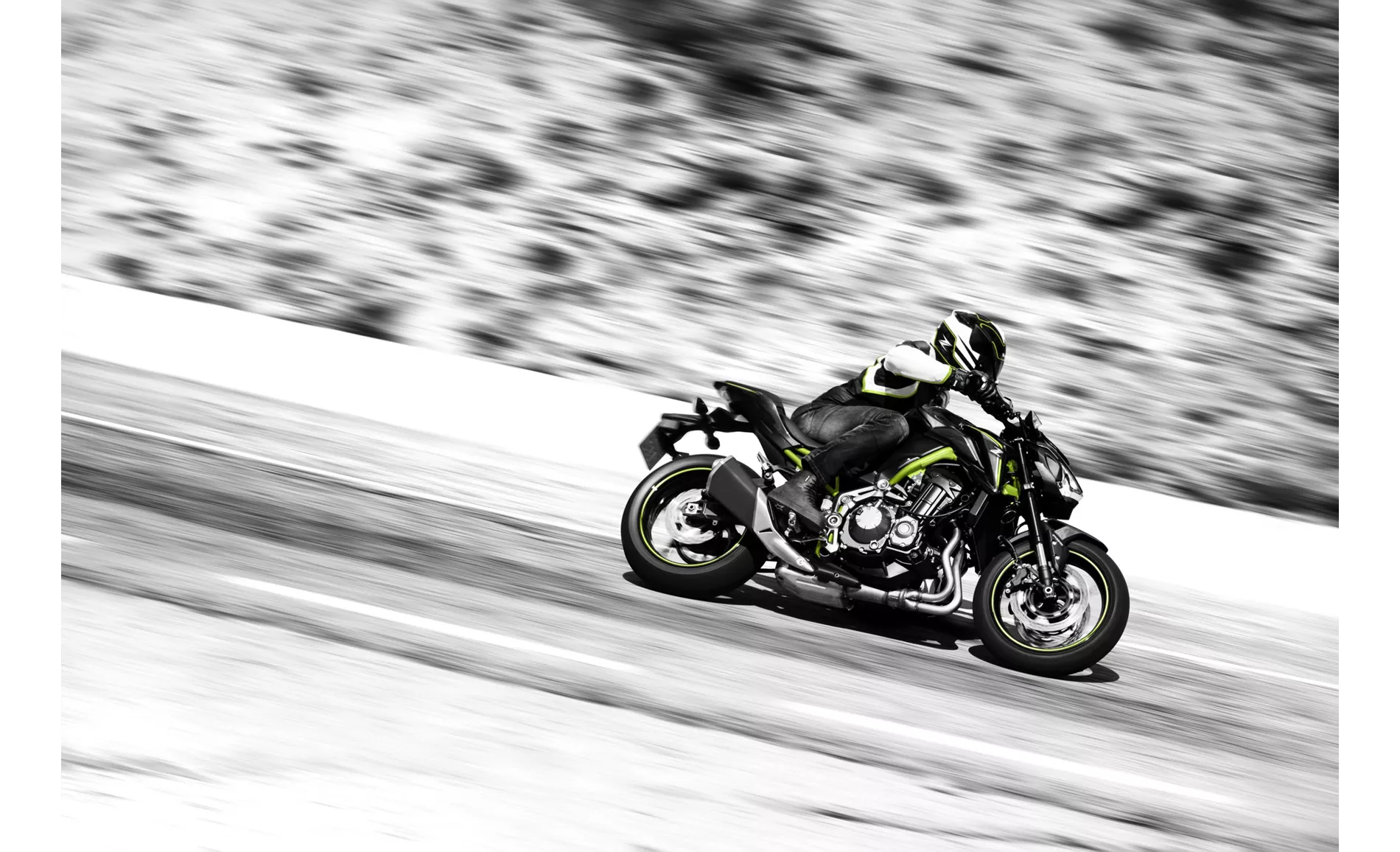
Kawasaki Z900 2018
In summary, the Kawasaki Ninja 650 2020 and the Kawasaki Z900 2018 are both impressive motorcycles with their own unique strengths. The Ninja 650 offers a powerful two-cylinder engine, comfortable touring capabilities, and a sporty look. On the other hand, the Z900 boasts a powerful four-cylinder engine, sharp handling, and a sporty design. Both bikes have their own weaknesses, such as limited suitability for touring with two people in the case of the Ninja 650 and the lack of traction control in the Z900. Ultimately, the choice between these two models will depend on the rider's preferences and priorities.
Tehničke specifikacije Kawasaki Ninja 650 2020 u odnosu na Kawasaki Z900 2018
Prednosti i nedostaci u odnosu na
Prednosti i nedostaci u odnosu na
Kawasaki Ninja 650 2020
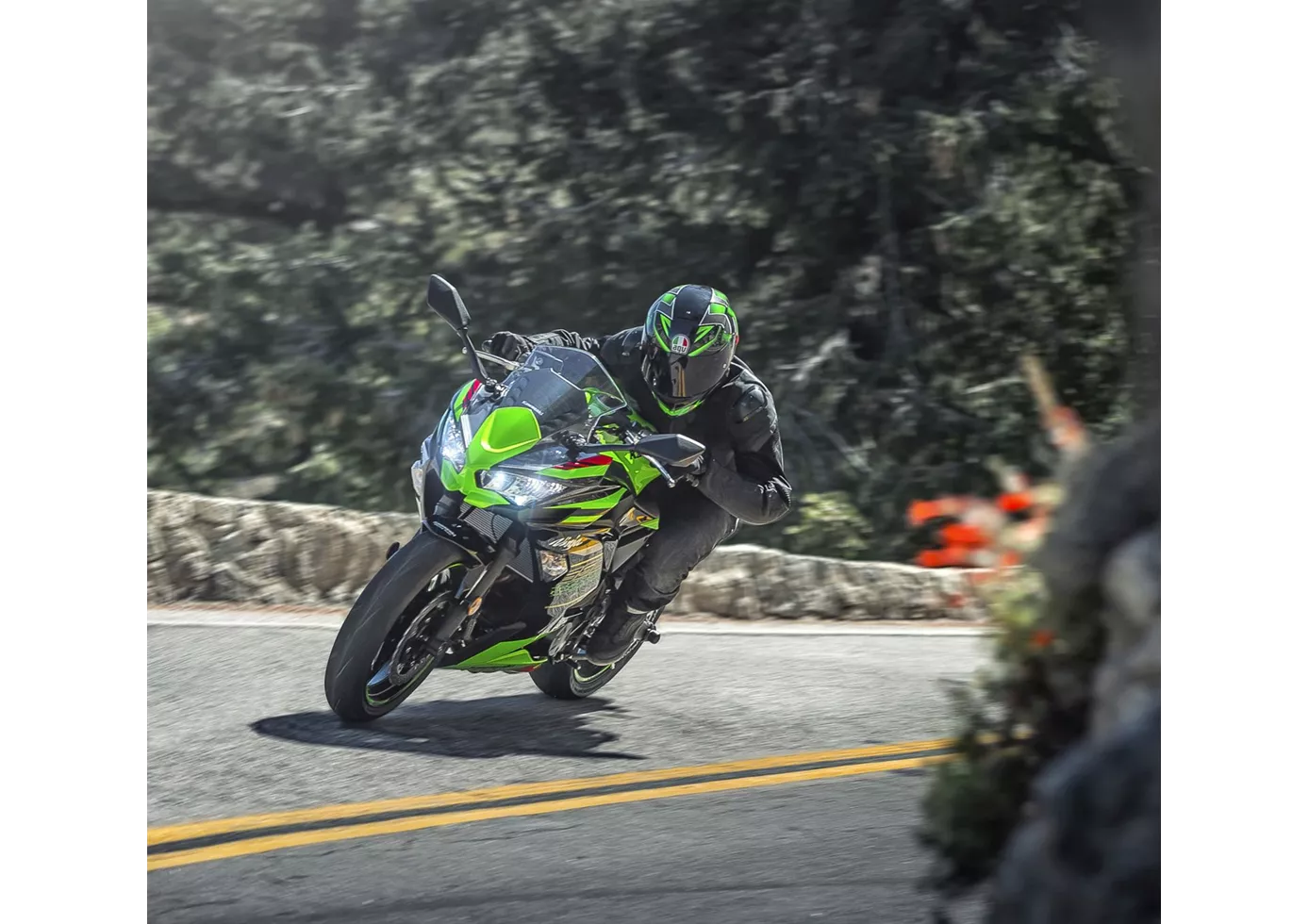
Save the sport tourer! With the Ninja 650, Kawasaki has created an exemplary representative of this class and (hopefully) solved the problem of the new generation. The stable chassis and the decent two-cylinder will delight beginners and advanced riders alike, even at a brisker pace. The front brake is a little too well intentioned, lacking a transparent pressure point despite basically good braking performance. Another plus is the TFT display, which we don't find in the competition at the moment, as well as the grown-up look, which is strongly oriented towards the larger Ninja models.
Kawasaki Z900 2018
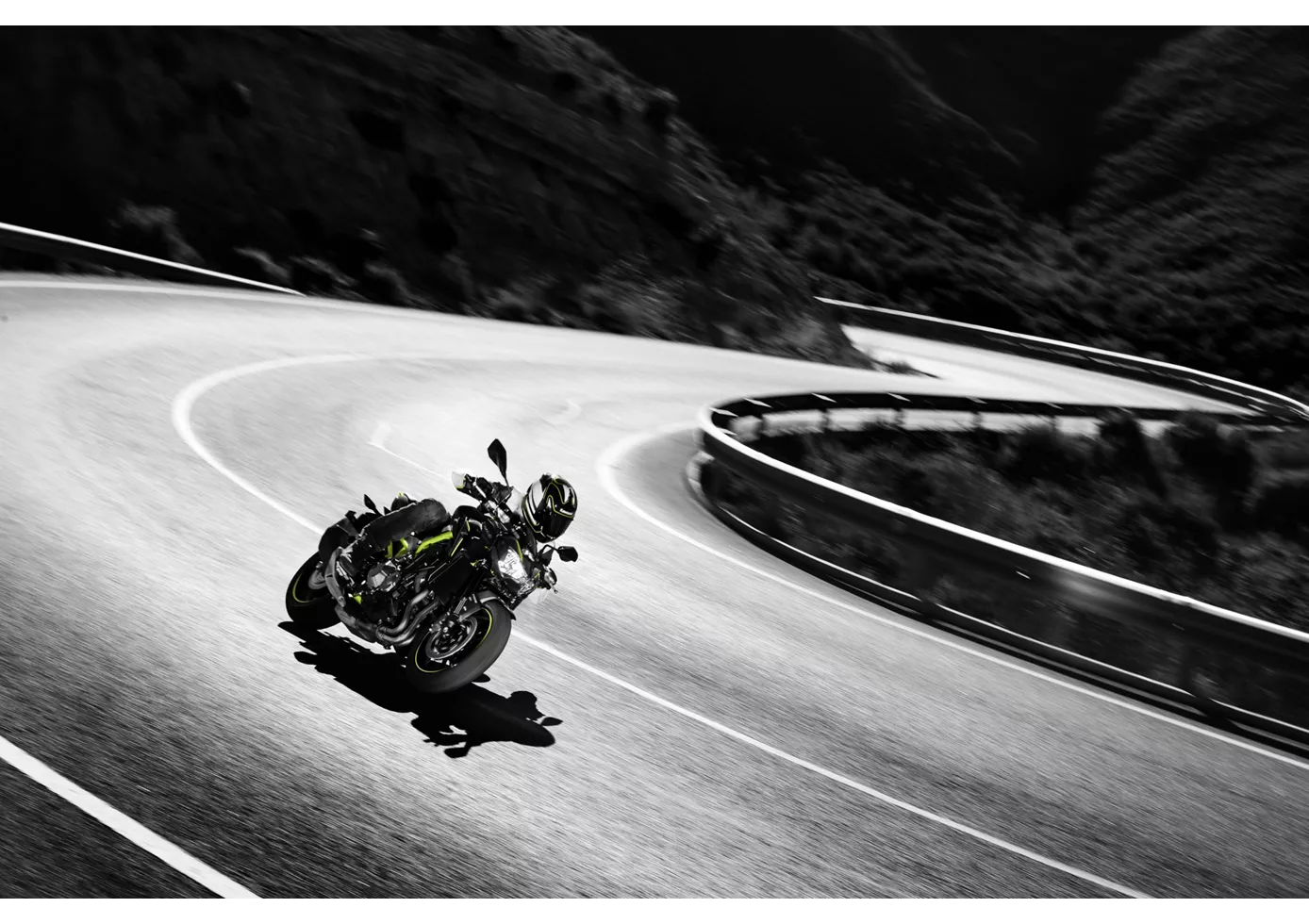
In the hotly contested naked bike segment, the Z900 plays right at the front. Above all, its engine is absolutely terrific, runs incredibly silky and offers rich power in all rev regions - as befits a Japanese four-cylinder. Its sporty, aggressive appearance matches this. It does without electronic bells and whistles, but still conveys a lot of confidence when chasing corners, braking and accelerating out of them. The low seat is especially beneficial for smaller riders, but taller riders might miss a flatter knee angle on long distances. The low weight and compactness make the Z900 particularly agile and easy to handle. A sporting cannon that is also extremely appealing in terms of price
Usporedba cijena Prosječna tržišna cijena Kawasaki Ninja 650 vs Kawasaki Z900
There are a few key differences between a Kawasaki Ninja 650 2020 and a Kawasaki Z900 2018. In terms of price, the actual average price of a Kawasaki Z900 2018 is about 25% higher. Compared to Kawasaki Z900 2018 there are less Kawasaki Ninja 650 2020 bikes available on the 1000PS.de Marketplace, specifically 10 compared to 55. It takes less time to sell a Kawasaki Ninja 650 with 75 days compared to 112 days for a Kawasaki Z900. Since model year 2017 1000PS.de editors have written 20 reviews for the Kawasaki Ninja 650 and 46 reviews for the Kawasaki Z900 since model year 2017. The first review for the Kawasaki Ninja 650 was published on 10/4/2016 and now has more than 79,600 views. This compares to more than 93,200 views for the first review on Kawasaki Z900 published on 11/11/2016.
